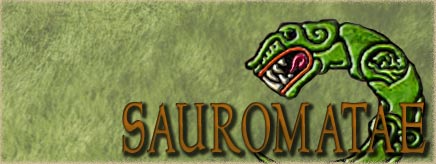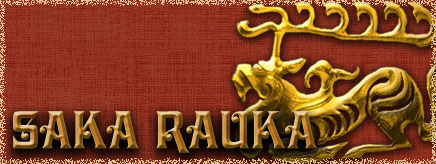One might also consider Polyainos' anecdote about Epaminondas calling out to his men during the battle to give him "one more step" and they would thereby gain the victory.
Hen bema charisasthe moi, kai ten niken hexomen. (2.3)
Give me one more step, and we will attain victory.
To me it seems clear evidence that classical historians accepted othismos/shield pressure as potentially decisive in battle




 Reply With Quote
Reply With Quote







 " -alBernameg
" -alBernameg












Bookmarks